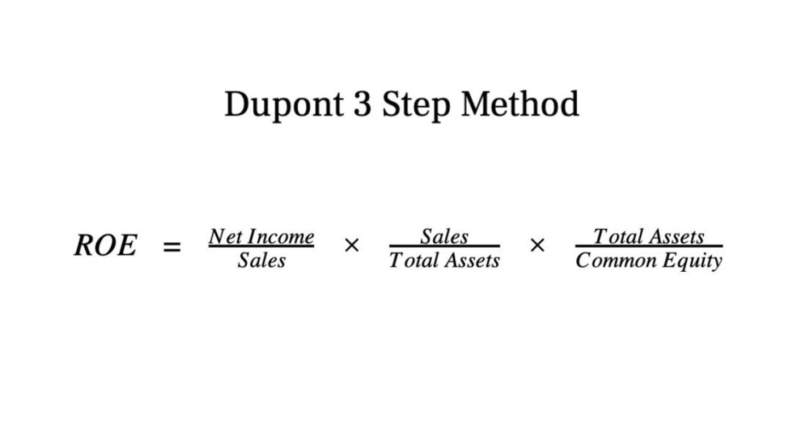
For example, a sales returns and allowances account is used to offset the value of goods that were returned or discounted by customers. By using contra asset account contra accounts, companies can provide a more accurate representation of their financial position in their financial statements. The management of doubtful accounts can be streamlined by automating calculations, monitoring receivables, and generating reports through the use of technology.
Stay up to date on the latest accounting tips and training
We will reverse the previous entry as now there are chances of getting $40,000 as outstanding accounts receivables. The main purpose of recording allowance for doubtful debts is to estimate the losses because of the outstanding amount that is not paid by the customers. For example, if 3% of your sales were uncollectible, set aside 3% of your sales in your ADA account. Say you have a total of $70,000 in accounts receivable, your allowance for doubtful accounts would be $2,100 ($70,000 X 3%). If a customer purchases from you but does not pay right away, you must increase your Accounts Receivable account to show the money that is owed to your business.
Where does allowance for doubtful accounts go on the balance sheet?

Allowance for doubtful accounts is a contra asset account that is used to offset the balance of the accounts receivable account. The purpose of this account is to reduce the carrying value of the accounts receivable on the balance sheet. A contra account is an account that is used to offset the balance of a related account on a company’s financial statements. For example, a contra account is used to offset the balance in a company’s accounts receivable account. When a customer makes a payment, the amount is credited to the accounts receivable account and debited to the cash account. The Allowance for Doubtful Accounts (ADA) is a contra-asset account linked to Accounts Receivable.
- Determining the right amount to set aside for potentially uncollectible invoices requires both art and science.
- Historical data provides a valuable foundation for estimating the allowance for doubtful accounts.
- Another important ratio impacted is the current ratio, which assesses a company’s ability to meet its short-term obligations.
- The accumulated depreciation account appears on the balance sheet and reduces the gross amount of fixed assets.
- Accumulated depreciation is a contra asset account used to record the amount of depreciation to date on a fixed asset.
- They also help to provide a clear picture of a company’s financial health and performance.
Interpret trends to evaluate credit policies and customer reliability
A contra liability account offsets a liability account, which typically has a credit balance. Contra accounts are important in accounting practices because they help to ensure that financial statements are accurate and in compliance with GAAP (Generally Accepted Accounting Principles). They also help to provide a clear picture of a company’s financial health and performance. For example, if a company has a liability account for Bakery Accounting unearned revenue, they would also have a contra liability account to offset the balance in the unearned revenue account.
Balance Sheet

As you can tell, there are a few moving parts when it comes to allowance for doubtful accounts journal entries. To make things easier to understand, let’s go over an example of bad debt reserve entry. With this method, you can group your outstanding accounts receivable by age (e.g., under 30 days old) and assign a percentage on how much will be collected.
An account that lowers the value of adjusting entries a connected account is known as a contra account in a general ledger. They can be used to report a decrease or write down in a different contra account that nets the current book value while maintaining the historical value in the main account. For example, Colgate reports allowances for doubtful accounts as $54 million and $67 million in 2014 and 2013. This account is normally used in the accrual bases accounting which matches the revenue and expenses to show the actual financial condition of an entity. If a doubtful debt turns into a bad debt, credit your Accounts Receivable account, decreasing the amount of money owed to your business.

Can you provide examples of contra asset accounts and their purpose?
- For instance, if a company purchases equipment for $100,000 with a useful life of 10 years, straight-line depreciation results in an annual expense of $10,000.
- Recording the Allowance for Doubtful Accounts involves creating a contra-asset account that reduces the total accounts receivable balance.
- Classification involves determining if the receivables are current (collected within a year) or noncurrent (collected beyond a year).
- Examples of contra accounts include accumulated depreciation, allowance for doubtful accounts, and sales returns and allowances.
- Another important consideration is to document the rationale behind the estimates and any changes to the methodology.
Contra asset accounts play a crucial role in accurately presenting the financial health of a company. These accounts are used to lower the balance of asset accounts and reflect the net book value of assets. The Reserve for Obsolete Inventory contra asset account is used to estimate and reduce the value of inventory that is no longer sellable or has diminished in value. By adjusting the value of inventory on hand, a company can present a financial position that closely matches the inventory’s market value. Historical data can help identify trends and inform more accurate estimates of future bad debts, improving the reliability of financial statements. One best practice is to employ a consistent methodology for estimating doubtful accounts, such as the percentage of sales method or the aging of receivables method.



